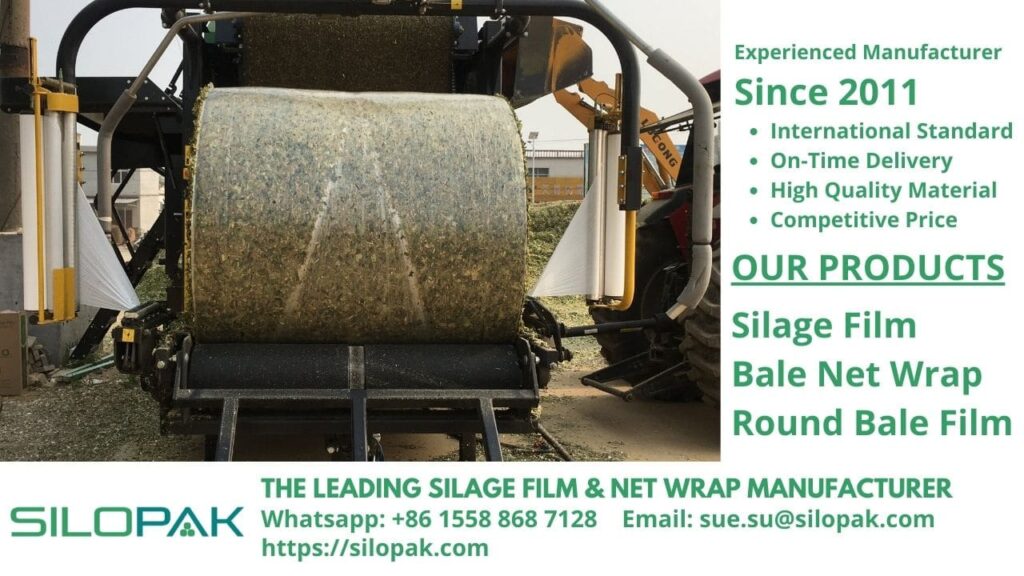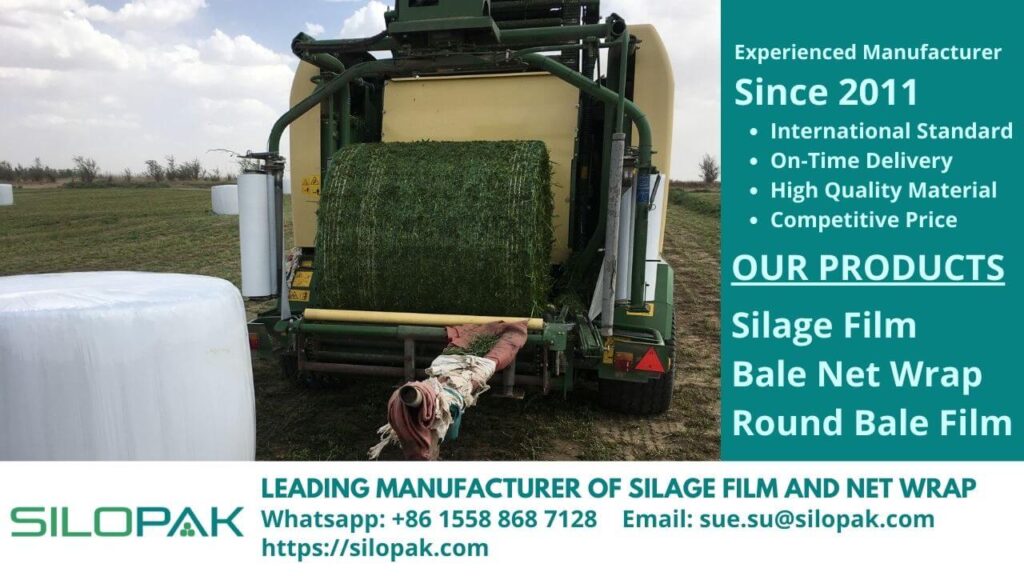
Breeders may already be familiar with the name silage. It is forage given to farm animals, such as cows, sheep, and goats. Silage can be made by yourself by doing several steps. The success of making feed depends on the silage quality parameters. These parameters will later determine the quality of the silage, whether it is good or bad, and whether it is suitable for consumption or not. Below will be explained what parameters affect the quality of silage.
contents
Definition of Silage for Farm Animals
Have your livestock ever been given fermented forage? The feed is called silage. Forage is stored in a container called a silo, and in an airtight condition. This condition is forage fermentation which will produce fermented feed for livestock. In the fermentation process, it will accelerate the growth of bacteria and form lactic acid.
The forage materials used can be in the form of agricultural industrial waste, green plants, and other natural materials. The natural material in question must have a certain water content so that the fermentation process can be successful. Then what is the silage quality parameters to indicate that the fermentation process being passed is said to be successful? The answer will soon be explained below.
To get forage feed that successfully passes the fermentation stage, the role of anaerobic bacteria, namely the homofermentative group, is needed. This group of bacteria can even carry out fermentation in anaerobic and aerobic conditions though.
The result of the fermentation is the formation of lactic acid. This substance acts as a preservative. Because silage is fed in airtight containers, preservatives are indispensable. So that bacteria cannot grow and prevent spoilage in the feed.
The success of the fermentation process is also determined by the container or media used. Most, even breeders or factories, use silos to carry out the forage feed fermentation process. After the fermentation process has been passed for several days, forage feed can be stored by wrapping it in a bale wrap. This aims to keep the feed from spoilage bacteria. So feed can be stored for a long time.
How to Make Silage

If you want to make your silage, it is very doable. The first step that must be done is to look for forage ingredients. Then cut the material into small pieces, about 5 cm. In addition to making it easier for livestock to eat the feed, the purpose of cutting grass or other forage materials is so that there is no room for air to enter the container. Because the air that enters can cause decay, and the fermentation process is not successful.
The silage quality parameter starts from this stage. If you cut the forage material with a size that is still relatively large, then it will allow air to enter and damage the fermentation process. The next step is to put the forage material into the container or silo and compact it. The feed that has entered the silo is then given plastic in the form of sheets, closed tightly, and given stone weights so that air really cannot enter.
Success Factors for Making Silage
The success of the fermentation process is one of the success factors in making silage. This is also one of the silage quality parameters. The success factors for making silage consist of the physical and chemical properties of forage feed ingredients, the large population of lactic acid bacteria, and the condition of the surrounding environment. The formation of lactic acid is determined by the success or failure of the fermentation process.
To support the formation of lactic acid in the fermentation process, it is necessary to add other natural ingredients such as molasses. This material plays a role in helping the formation of lactic acid in the fermentation process. You can get this natural ingredient freely in the market. So it’s not difficult to get it.
If you fail in making silage, it could be due to several factors. These factors include the wrong manufacturing steps, leaks in silo containers, no dissolved carbohydrates, and forage material that is too wet. The factor of water content in forage materials often causes failure in the fermentation process. Because it causes rot in the feed.
Silage Quality Parameters
The finished silage can have good or bad quality. This can be assessed based on the silage quality parameters. Several parameters can be used to measure the quality of good silage. These include temperature, color, pH, and lactic acid content.
The pH shows some 3.8 to 4.2 meaning the silage is of good quality. As for the color, the best quality silage has a brownish-green color. If the color of the silage is outside that color, there may be an error in the fermentation process.
The texture of the silage with good quality is smooth. When you take the silage and pack it, no water will come out, because the water content in the silage has been greatly reduced. The smell produced by this fermented green feed is fresh and fragrant. The feed is not lumpy, not moldy, and does not contain mucus. Those are the characteristics of good-quality silage.
Those are some factors and silage quality parameters. Make sure your silage is within the parameters that have been mentioned. Because if not, chances are your silage will not be successful in the manufacturing process. Or even your silage does not contain lactic acid which plays a very important role in this feed.
